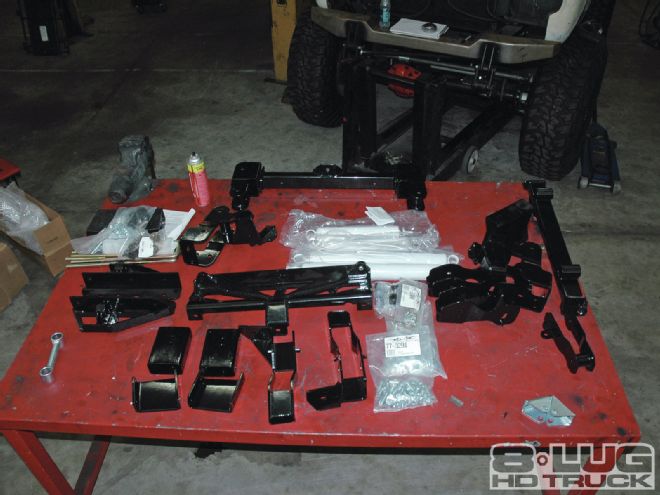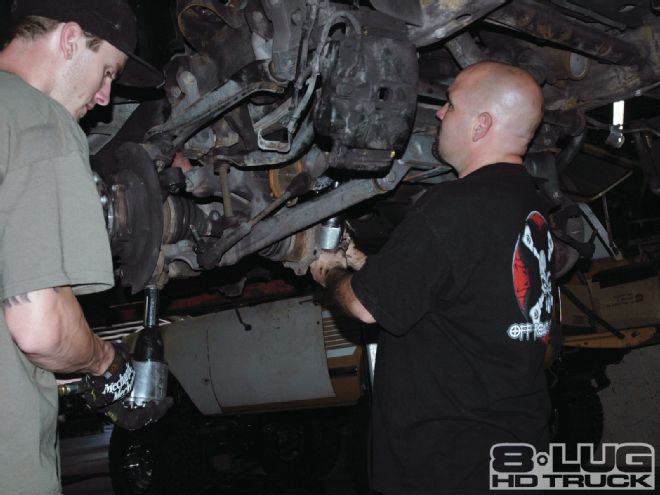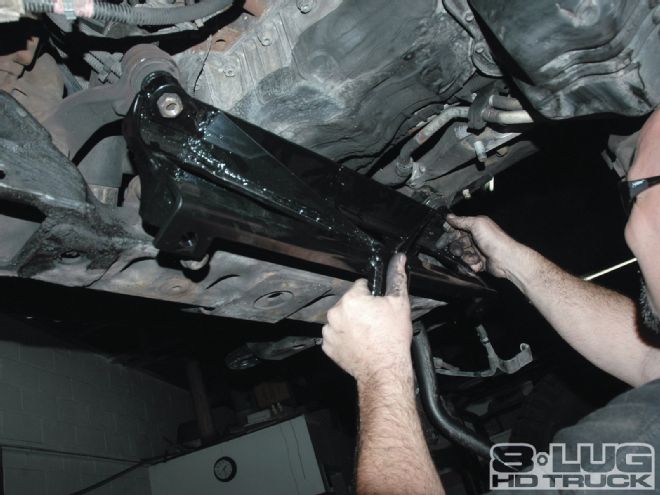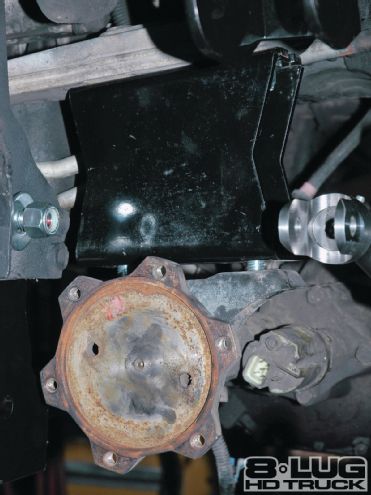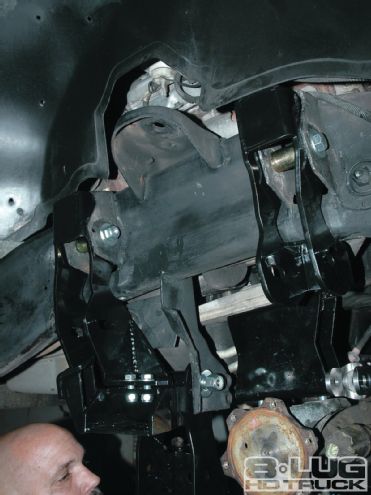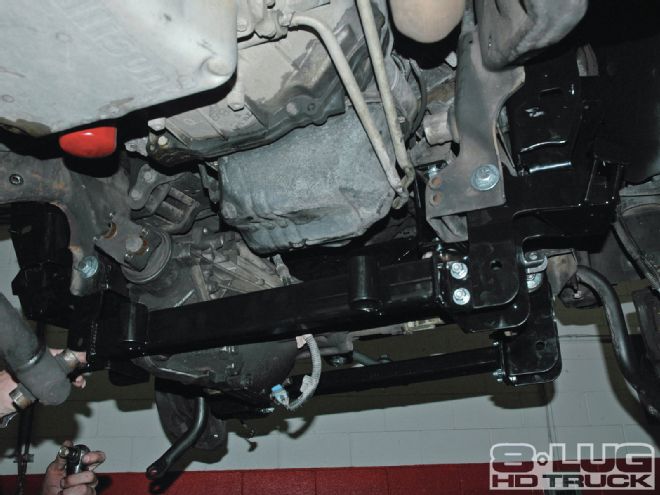If you’ve got an HD Chevy or GMC for work and play, the chances are your truck has seen some miles that might be a little more strenuous than that of the average commuter cars. Parts start to wear out and slop in the steering, and the suspension can become a real hindrance for a well-used vehicle. And unfortunately, IFS vehicles sometimes see a little worse wear than solid-axle HD trucks, thanks to more moving parts. But lots of people prefer the traits of IFS in their HD trucks, and we’re not about to tell them they’re wrong for loving their trucks.

| hd Chevy Lift Kits Ifs Trucks front Angle
We would like to suggest something to those loyal IFS HD truck owners, though: Take the time to either check or replace much of your steering and suspension. These trucks definitely wear out both of them, and you might find it easier to just replace an entire suspension and steering system than trying to figure out what’s worn and how you can remedy it.
When we first saw it, this HD 2500 4x4 Chevy had close to 200,000 miles on it, an old suspension lift that was severely worn out, and steering that made us cringe. We got the steering tie rods and idler arm assembly replaced with no problem and turned to Superlift for a good-quality kit we knew would give the owner of this truck a great, firm ride in a vehicle he plans to keep for another 100,000 miles. We also opted for the Superlift Superide SS shocks to get the best package we could.
Since this owner liked 37-inch tires on his truck but didn’t want to run a body lift, we opted for Superlift’s bracket-style lift kit instead of its knuckle kit. The bracket-style kit can be run 7.5 inches taller than stock, as opposed to the 6 inches of lift you can safely achieve with most knuckle lift kits.
Knuckle Kits vs. Bracket-style Kits
The difference between a knuckle kit and a bracket-style kit is mostly in the upper A-arms and steering. The knuckle kit uses a longer (taller) knuckle that keeps the upper A-arm in the stock location while being lifted. The attachment point of the tie rod on the knuckle is also kept in the stock location, so there are no steering drop brackets needed. The problem some people have with a knuckle kit is that it almost certainly increases the track width due to the fact that extra knuckle-to-wheel clearance must be achieved while using a larger knuckle. This necessitates pushing the track width out a little so the wheel clears the knuckle. The bracket-style kits drop both the lower and upper A-arms and retain the factory knuckle. Since you retain the factory knuckle, there is no real increase in track width. The bracket-style kit does drop the steering, but it gives a third pivot point on the centerlink to help keep everything tight. Most knuckle kits will only be safely lifted about 6 inches. The bracket-style kits can be cranked up from 6 to 7.5 inches of lift while still keeping proper alignment specs.
How Did it Work?
The Chevy drove like a new truck again— something that’s really nice after almost 200,000 miles of use. The steering and suspension were exceptionally tight, and a clunk in the drivetrain even seemed to go away. In the rear, we stuck with the standard lift block that was already on the truck, but we still managed to see some pretty good flex with stock leaf springs and the new SS shocks. The tires do rub a little bit when fully turned and bumping around in the dirt, but that is to be expected when running 37-inch tires without any trimming and zero body lift on an HD Chevy truck.

| hd Chevy Lift Kits Ifs Trucks after
